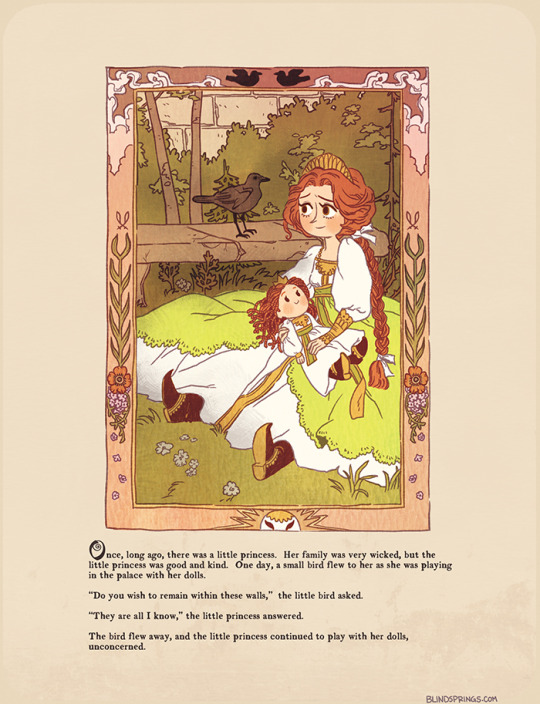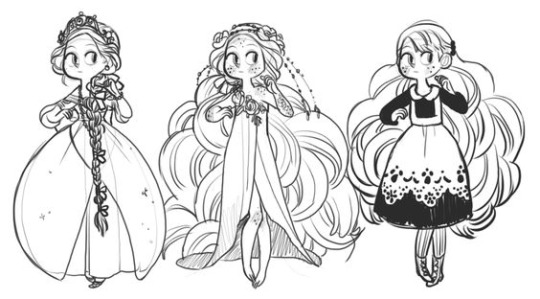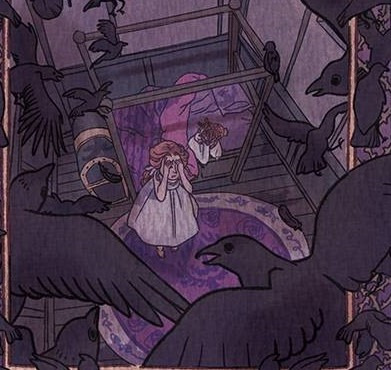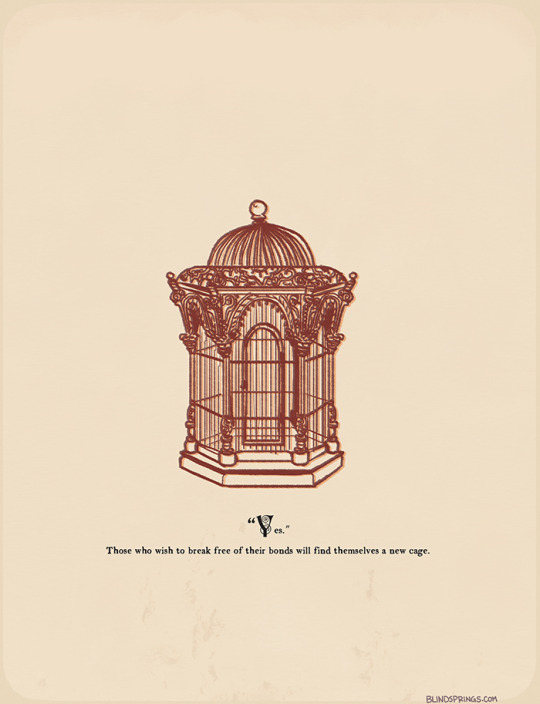#Harry (not well versed on by now ANCIENT childrens fables): ????what????
Text
Watching episode one of Voyager is like watching the first act of a horror movie
#also I completely forgot that Tom Paris was part of the Maquis - and that he was only IN it for like a week before getting caught#Tom saw Janeway action figure posing the second she met him and was like 'fuck I'm not gonna let her be cooler than me'#(she is - effortlessly)#they want him so badly to be a playboy bad guy but he's just...HEHEHE he's SO whatever#Quark what do you MEAN 'cash or credit' ???? do humans HAVE /cash/??? HEHEHEH#Tom saw Harry Kim and IMMEDIATELY is down so bad v_v#It's fun seeing some members of the original crew ~#'see you in a few weeks' OOF...........OOOOUUGHHHHH That hurts.......OOOUGH.#The Harry - Tom - Popular Guys subplot i s sooo highschool its crazy HEHEH#Tom thinks he's like the brooding bad boy but he's the nerdy girl who gets picked on until one day the popular guy says#'hey - leave Tom alone.' and smiles at him afterwards#'the ghost of those 3 dead officers came to me in the middle of the night and taught me the true meaning of christmas'#Harry (not well versed on by now ANCIENT childrens fables): ????what????#Tom Paris: It's a long story Harry and I'm tired of telling it.#Also Tom Paris two seconds later: IT ALL STARTED FRESHMAN YEAR.#I also forgot the Maquis ship went missing first and Starfleet was searching for debris...#how long has T'Pel thought her husband might be straight up dead?? How long has he been undercover? How long since they spoke???#(thinks about people whose loved ones died in episode one...thinks about them hearing that Voyager and some of its crew DID survive but#the person they loved did not - that there was never any chance of them returning)#Janeway's hair is so BRIGHT in this episode#'Harry - wait for me!' <- Tom in one line#I also love the creepy barn party 'don't look in there~! don't look in there~!' Voyager should have leaned way more into horror for REAL#Janeway's eyes widening when she sees Tuvok ~!! <3 she thought he could be dead!!! I wonder if she talked to T'Pel about it#Tuvok: (goes missing) Janeway: Don't worry T'Pel I'll bring him back to you if it's the last thing I d- (goes missing)#Caretaker after snatching up the Maquis: Starfleet has the chance to do something hilarious#Janeway (being stabbed): aa.. ..a!h...hh.. / Harry: (being stabbed) AAAAAAAAAAAAAAAAAAAHHHHHHHHHHHHHH!!!!!!!!!!!!!!!!!#Chakotay looking to Tuvok like 'do we trust her?' and Tuvok being like absoluuuuuteeeely <3 go for it <3#Tuvok's voice is different~!!! It's quieter~!! Interesting~!! I love him <3#TUVOK YOU DID /NOT/ GET /CHANGED/ BEFORE MEETING THEM ON THE ARRAY HEHEHHEE#'She wanted to know if she had time to send it...I had to tell her no.' AAAAAAAAA.....AAAA
18 notes
·
View notes
Text
The Princess of the Fable (Blindsprings)
Hello everyone as I said in my previous post I am going to analyze the fable of the annotation of the webcomic Blindsprings.
At first it looks more like a fairy tale at first glance but Harris refers to it as a fable and not as a tale. A fable is a story or literary composition in prose or verse that provides a teaching or moral advice, a story on the other hand is a short narrative, oral or written, in which a fictional story is told with a small number of characters. an underdeveloped intrigue and a quick climax and final denouement.
So history must have a teaching to be a fable.

Here they tell us that the Llyn family was very evil as always, but a princess apparently Tammy was the only kind member, some readers like me will already know that Tammy supposedly according to the academics support them, so now they paint her as "the sheep White". What strikes me is the following:

If you read the foreword to book 2, you know this is not true, Tammy knows another place besides the palace walls. She lived in a cloister much of her life, and Gregoire implies that it was a more humble or at least morally better place than the palace.
Besides the bird, Tammy's spirit guide is a quail not a crow, this may be simply because historically crows are associated with evil, while a quail seems more defenseless and beautiful, and the guy who wrote this was possibly an academic with an intense hatred towards spirits, so I would try to make them look as bad as possible, or for another reason, but it seems unlikely to me that another person is being represented with that motif of birds, whose spirits take as a form.
The other thing that seemed strange to me is Tammy's hairstyle, I know well she sometimes braids her hair in a single braid



She never does in her time as a princess




But there is an Orphic princess with braided hair, who has always lived in the palace, has never known anything else and whose bird motif we do not know: I speak of Aliana

I know she has appeared little and her behavior is anything but good, but objectively she is innocent, she has never done anything wrong apart from annoying her sister.
I know the author has had a conceptual arts of Tammy as a princess with braided hair.

But in the final product Tammy doesn't look like that.
On the following pages, I notice something interesting




Flowers fade, thorns grow in their place, and more birds appear. This is strange the spirits are necessary for nature to flourish not wither like those flowers, it would make more sense that those were the academics whose actions have caused the slow deforestation, but again it was possibly written by an academic, they will never admit their guilt and They will use scapegoats, just as they do with the power outages in which they blame Orphic and not that by sealing them they are cutting off their own source of power. The thorns can represent those that cover Tammy's seal, and allow her to continue serving the spirits.
The coloring of the room reminds me more of the colors in which Aliana is usually represented


A sign that the other princess is. Maybe?
I know you were wondering why write a fable as the protagonist to Aliana but draw Tammy instead?
Well Tammy is the closest to Gregoire, leader of the revolution, but the subject also knows Aliana and although they have not interacted yet, he seems to know her more deeply since when he comforts Tammy, he calls her by her name, explains why. his behavior looking for the precise words as if he lamented a little for her and to some extent he justifies her without ceasing to admit that his actions are cruel. Aliana may not always have been like that, but always being surrounded by unpleasant courtiers and although we still do not know the rest of her family except her mother (who is not winning the mother of the year award), maybe they can not be good people, I hope they are not abusive, this, whatever the reason he does not want to marry, made it that way and Gregoire, who already knew the Llyn, knows it and feels sorry for her.

I think that the best Gregoire wrote the book or had it written at the beginning to tell the story of both princesses, not just one, although it is most possible that Tammy was the protagonist from the beginning, having more affection for her, perhaps I include to Aliana as a warning about how ancient Orphic society and its spirits rot young people like Aliana, and exploit girls like Tamaura, the work may have been longer but it was shortened as time went by like many stories in the Real life and as Tammy was the most popular, they added scenes of her sister, and omitted the presence of Aliana as she was just another member of the cruel ex-ruling family that they overthrew and now demonized.
It's funny how they present Tammy perhaps agreeing to go with the spirits, when it was her mother who made that decision.

The last page contains the moral lesson, in which he warns about the true nature of the pacts with the spirits, you get what you want and enormous power but in return you will be his tool for the rest of your life. Hopefully the academics understand that by oppressing the Orphics, they are only provoking more people desperate to improve their lives and that of their people, who will easily turn to spirits for their freedom but at a heinous cost.
Wait is already happening with the arrival of Tammy, Ariel for wanting to protect her brother and help others has already made a contract, also Street and all the clues suggest that Imogen will dothe same. And our academic friends instead of attending to some reasonable demands of the Orphics to calm them down, only oppress them more with their Gravers, causing discontent even to their own people like Wisteria, who are already fed up with how racism prevents them from taking care of their adopted children This does not look good at all for the future, both for orphics and academics.
Until next time.
8 notes
·
View notes
Text
For many years, I have been intrigued by the designations troubadour and storyteller. There is a very long tradition of both throughout history. What’s the difference? The word troubadour is from the French and was used to refer to medieval lyric poets, often concentrating on the theme of courtly love, with verses written to music. A poet musician is how I think of it. In more modern times, troubadours have been folk singers in particular.
Scheherazade spins tales about Aladdin, Ali Baba, and Sinbad the Sailor over One Thousand and One Nights, enthralling her murderous husband King Shahryar, who postpones her execution night after night in order to hear another story. Stories are that powerful.
Storytelling goes much further back, when histories were passed down in the oral tradition rather than the written. Oral storytelling remains central in some cultures today.
Still from the documentary Al-Halqa–In the Storyteller’s Circle (2010, Thomas Ladenburger).
The storyteller figures above were made by Cochiti Pueblo potter Helen Cordero (1915-1994), who based some of her work on the “singing mother” motif and others on memories of her grandfather. Her figures are storytellers and she herself became a storyteller through their creation.
Storytelling clearly doesn’t have to involve words, as seen by Helen Cordero’s work. Images tell wonderful stories. Think of ancient cave paintings, some over 35,000 years old. In the January 2016 issue of Smithsonian, Jo Marchant and Justin Mott explored the cave paintings on the island of Sulawesi, Indonesia, thought to be the oldest cave paintings thus far discovered.
Scattered on the walls are stencils, human hands outlined against a background of red paint. Though faded, they are stark and evocative, a thrilling message from the distant past. My companion, Maxime Aubert, directs me to a narrow semicircular alcove, like the apse of a cathedral, and I crane my neck to a spot near the ceiling a few feet above my head. Just visible on darkened grayish rock is a seemingly abstract pattern of red lines.
Then my eyes focus and the lines coalesce into a figure, an animal with a large, bulbous body, stick legs and a diminutive head: a babirusa, or pig-deer, once common in these valleys. Aubert points out its neatly sketched features in admiration. “Look, there’s a line to represent the ground,” he says. “There are no tusks—it’s female. And there’s a curly tail at the back.”
Humans making figurative art, using imagination and symbolism–truly a remarkable development. Previous to the discovery of the paintings on Sulawesi, the oldest cave paintings were thought to be the famous Chauvet Cave paintings in France, made a World Heritage site in 2014. You can see an online exhibition of them through the Bradshaw Foundation.
I come to write about this through my love of singer/songwriters. Preferably menlacholy ones. Or romantic. Or romantically melancholy. As I have written about before, I have really weird and vivid dreams. Last week, I had several dreams in which Canadian singer/songwriter Gordon Lightfoot (as a young man, not the close to 80-year old he is now) was wandering through the action, playing his guitar and singing.
As I have also written, I am highly susceptible to ear worms. So for days now, Lightfoot’s song “If You Could Read My Mind” has been on an endless loop in my head. The song is about the breakup of his first marriage. Hauntingly beautiful but unbearably sad.
Sigh. Of course, there are many wonderful examples of troubadours: Pete Seeger, Woody Guthrie, Arlo Guthrie, Bob Dylan, Leonard Cohen, David Wilcox, Kelly Joe Phelps. I heard Kelly Joe Phelps describe how when he’s performing a song, he sees it as a movie playing in his mind. Storytelling, yes indeed.
Pete Seeger (1919-2014)
Woody Guthrie (1912-1967) and his son Arlo Guthrie (b. 1947)
This is an undated photograph of folk singer Woody Guthrie, singing a song and playing his guitar. Guthrie has written hundreds of songs, celebrating migrant workers, pacifists, and underdogs. Two of his well-known songs are “So Long, It’s Been Good to Know You,” and “This Land is Your Land.” (AP Photo)
Bob Dylan (b. 1941)
Leonard Cohen (1934-2016)
David Wilcox (left), Kelly Joe Phelps (right)
Lest I leave out women, I’ll add Carole King, Joni Mitchell, Joan Baez, Janis Joplin, Emmylou Harris. I consider Natalie Merchant to be in this group of female troubadours and storytellers. I could go on and on.
And this is only a very narrow sampling from North American, white culture. There is such an array to choose from; the African American blues tradition, for example, with Muddy Waters, John Lee Hooker, B.B. King, Buddy Guy, Bessie Smith, Ma Rainey, Alberta Hunter…
Writers are, by nature, storytellers, but I consider some to be more in THE storyteller tradition than others. For example, Irish writer Frank Delaney (1942-2017), a novelist, journalist, and broadcaster, is best known in the United States for his book Ireland, a many-layered and rich story of storytellers. Here is the synopsis from Amazon:
In the winter of 1951, a storyteller, the last practitioner of an honored, centuries-old tradition, arrives at the home of nine-year-old Ronan O’Mara in the Irish countryside. For three wonderful evenings, the old gentleman enthralls his assembled local audience with narratives of foolish kings, fabled saints, and Ireland’s enduring accomplishments before moving on. But these nights change young Ronan forever, setting him on a years-long pursuit of the elusive, itinerant storyteller and the glorious tales that are no less than the saga of his tenacious and extraordinary isle.
It’s probably not okay to bring up now-disgraced storyteller Garrison Keillor, but for many years, before the sexual misconduct allegations, he created a wonderful world of characters and stories with his radio program and books about the fictional Lake Wobegon. There, I brought him up anyway.
One of my personal favorites is Eudora Welty, author of one of my all-time favorite short stories, Why I Live at the P.O.
Eudora Welty.
Following in her footsteps and the tradition of female Southern writers is my mother’s favorite, Fannie Flagg.
Mom made a point of making sure each of her children had a copy of A Redbird Christmas, which I’ve reread over several holiday seasons, and also listened to the audiobook, read by Ms. Flagg herself.
You might be more familiar with her work from the movie Fried Green Tomatoes, based on her book Fried Green Tomatoes at the Whistle Stop Cafe.
Filmmakers are certainly storytellers, whether it is in telling a hardhitting true story through documentaries, like Michael Moore, or whimsical fictional stories along the line of Tim Burton or Wes Anderson.
There’s a novel I am going to write someday. I know what it’s about, but it’s a long way off, and will require much research on my part. (I think I’ll complete the Ph.D. first.) I already have a vision for what the film version will look like, and Wes Anderson is my first choice for director. I see something in the spirit of his The Grand Budapest Hotel. I hope your curiosity is piqued so that you will read my novel. When I write it. When it’s published. By then, I’ll be old enough for the large print edition myself.
I could go on and on, but I will end with an art exhibition here where I am now at the Saybrook University Residential Conference, being held at the Hyatt Regency Monterey. Photographer and filmmaker Randy Bacon has compiled a work entitled The Road I Call Home, featuring portraits and films of people who are homeless telling their stories. The project is presented by Gathering Friends for the Homeless in conjunction with 7 Billion Ones. I have been gazing at the portraits as I travel the conference center today, but only just started reading the stories they tell. Everyone has a story to tell, and deserves the chance to tell it. Here are a few of the portraits.
It’s late now and time for me to sleep, perchance to dream. And perhaps hear a little Gordon Lightfoot.
Sweet dreams to all.
Troubadours and Storytellers For many years, I have been intrigued by the designations troubadour and storyteller. There is a very long tradition of both throughout history.
#7 Billion Ones#A Redbird Christmas#Al-Halqa--In the Storyteller&039;s Tradition#Alberta Hunter#Arlo Guthrie#B.B. King#Bessie Smith#Bob Dylan#Buddy Guy#Carole King#cave paintings#Chauvet Cave paintings#David Wilcox#Emmylou Harris#Eudora Welty#Fannie Flagg#Frank Delaney#Fried Green Tomatoes#Garrison Keillor#Gathering Friends for the Homeless#Gordon Lightfoot#Grand Budapest Hotel#Helen Cordero#If You Could Read My Mind#Janis Joplin#Joan Baez#John Lee Hooker#Joni Mitchell#Kelly Joe Phelps#Lake Wobegon
0 notes